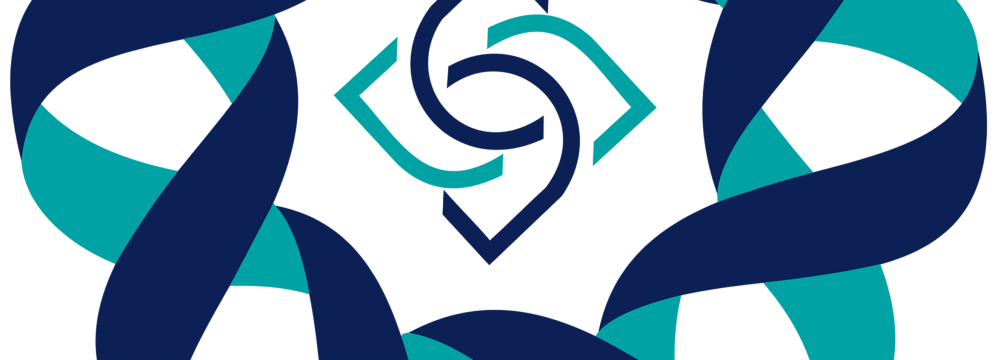Since the discovery of the first oil well in Masjid Suleiman in 1908, Iran has produced over 100 billion barrels of crude oil. In the meantime, although efforts to develop and industrialize the country date back to nearly a century ago, more serious and formal measures were taken 66 years back in 1948, when the first national development plan was formulated and enforced.
Subsequently, four more plans were developed before the 1979 Islamic Revolution and five in post-revolution years, with oil revenues serving as the main source of financing for the said plans.
In parallel with the development plans, the country has undergone two major revolutions (Persian Constitutional Revolution and Islamic Revolution) and has experienced three different types of governance namely Qajarid, Pahlavi and Islamic Republic.
Abundant oil revenues in foreign currency along with development efforts during the past 80 years have given rise to expectations among both the public and elite for Iran to be classified among the developed countries.
However, the country has failed to reach the expected level of development compared with other regional nations, which in some cases even lack such abundant sources of revenues but share similar historical background with Iran.
A question remains as to why the 9th and 10th administrations under former president Mahmoud Ahmadinejad failed to use two major opportunities: the unprecedented high oil revenue and the young population.
The Dutch disease, resource curse, rent-seeking and big government are the main reasons behind this failure, according to the Eghtesad News website analysis.
Solution
An effective measure introduced in economics to counter the Dutch disease and resource curse is to set up a national wealth fund. In the case of Iran, a national development fund (NDFI) was set up based on Article 84 of the 5th National Economic Development Plan (2010-2015) after the relatively unsuccessful launch of the foreign currency reserve account.
NDFI is aimed at saving part of revenues from crude oil, gas and gas condensate sales so that future generation’s share in natural resources is also preserved.
It is worthwhile to note that NDFI’s share of oil revenues is in fact the private sector’s share. However, a review of oil revenue spending in the past years reveals that private enterprises have never directly benefited from the funds unless they had close ties with government officials.
NDFI’s independence would enable it to decide how to invest the fund’s budget away from interference by political authorities.
This requires the administration to change its approach toward oil revenues, which must be spent on infrastructural projects rather than current expenditures.
Under the law, the administration must deposit 29 percent of its oil revenue in the fund, while it has demanded parliament reduce the proportion to 20 percent for the next fiscal year, as the government is facing serious financial challenges due to sanctions and falling oil prices in international markets.





